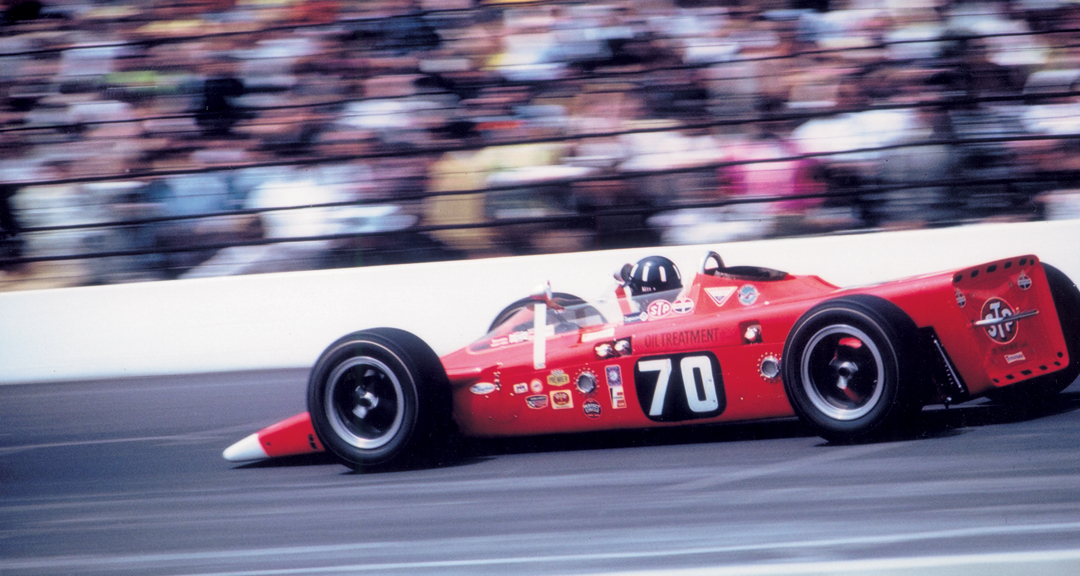The whoosh of a turbine became a familiar sound at the Brickyard during the 1960s, and albeit briefly, in Formula One in the early 1970s. In this, the final installment, Michael Oliver recounts the story of their silent, but significant impact on open-wheel racing.
The positive reasons for using a turbine on the tracks were its tremendous power and torque. The downside was that the inertia due to the high revs of a turbine meant that throttle lag was a terrible problem. These characteristics were most suited to a track where minimal throttle movement was required, and so Indy was an obvious choice. The first turbine-powered open-wheeler car was entered at Indy in 1961 (although a car had been built and used in tire testing as early as 1955) but wasn’t ready in time for the event and thus made its debut in 1962. The car, the Trackburner, was entered by an influential man within USAC at the time, John Zink. This was ironic since USAC later became one of the most vociferous opponents of turbines at Indy and eventually legislated them off the track. The car, which used a Boeing turbine, was designed and built by one of the company’s engineers, Len Williams. He adopted the European rear-engined format, with an outlet funnel for the engine behind the driver’s head, similar to the layout that would be chosen by Lotus six years later. Piloted by Dan Gurney the car failed to qualify. However, it did not fail by much. It has since been reported that the car could have qualified but under the terms of his arrangement with Boeing, this would have required Zink to purchase the turbine, an expense which could not be justified unless the car was a potential race winner.
The next appearance of a turbine at the Brickyard was in 1966, but it was a fairly amateur effort using a front-engined Demler roadster. A 1250 bhp General Electric turbine had been shoehorned into the car, driven by Bill Cheesbourg. It proved tremendously powerful but rather wild, and USAC banned the car on the grounds that it was unsafe. That year was also to have seen the debut of Andy Granatelli’s new project – a four-wheel drive car powered by a turbine. After seeing the potential of all-wheel drive at Indy, he reluctantly acknowledged that the roadster wasn’t the right format to get the job done and abandoned it in favor of a completely new design. As he recalls, “I had the Ferguson 4wd on the Novi, but the car was way overweight – almost 2,200 lbs, which was 700 lbs heavier than the other cars. The engine was 800 lbs, in addition to which you had to have a large radiator core and water, plus fan belts. Also, it carried seven gallons of oil, which added another tremendous amount of weight, so I decided to go to the other extreme. I wanted to put the lightest engine in the world in it, to have a chance of winning. I got the Pratt & Whitney ST6B engine, which put out 480 hp but it only weighed 260 lbs and did not have any water in it, any hoses, any radiator core to go with it. In addition to that it would burn any kind of fuel, including perfume, vodka, gin, gasoline, jet fuel – anything you wanted to put into it! It only held a few quarts of oil, instead of seven gallons, again saving weight, and it could run 300- and 500-mile races without a tune-up. It was so far ahead of its time it was pathetic!”
No Subscription? You’re missing out
Get immediate ad-free access to all our premium content.
Get Started



